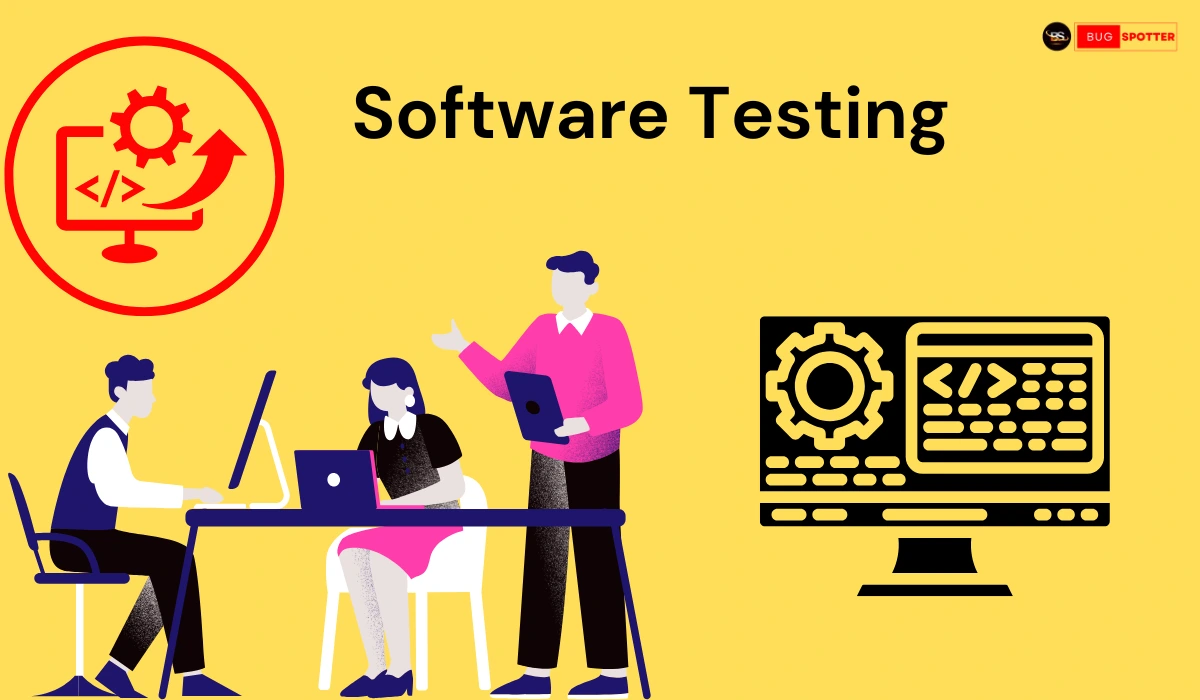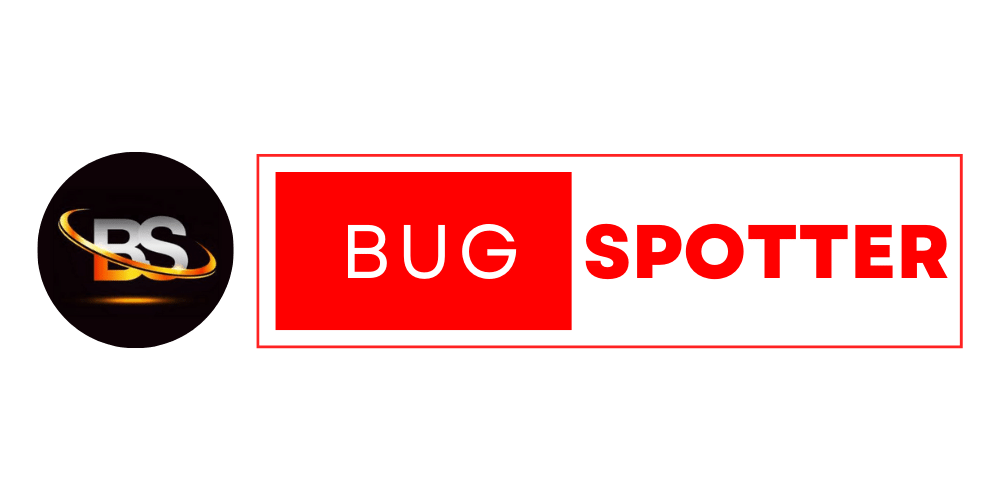Software Testing Interview Questions For Cognizant
Top 25 Software Testing Interview questions for Cognizant 2025

Table of Contents
1. What is software testing, and why is it important?
Software testing is the process of assessing a system or its components to ensure they meet specified requirements and function correctly. It is crucial for guaranteeing software quality, identifying defects, and enhancing user satisfaction by ensuring a reliable and effective product.
2. Explain the difference between manual testing and automated testing.
Manual testing involves human testers executing test cases without automation tools, making it suitable for exploratory and usability testing. In contrast, automated testing employs software tools to execute tests, making it ideal for repetitive tasks and regression tests, increasing efficiency and coverage.
3. What are the different levels of testing?
Testing can be categorized into several levels:
Unit Testing: Tests individual components for correctness.
Integration Testing: Assesses interactions between integrated components.
System Testing: Validates the complete system against requirements.
Acceptance Testing: Determines if the system meets business needs.
4. Describe the software development life cycle (SDLC) and the role of testing within it.
The SDLC outlines the phases of software development, including planning, analysis, design, implementation, testing, deployment, and maintenance. Testing plays a critical role in verifying that each phase meets defined requirements and functions correctly before progressing to the next stage.
5. What is the difference between verification and validation?
Verification ensures the software meets specified requirements during development stages, while validation checks if the software fulfills user needs and expectations, typically performed after development is complete.
6. What are black-box and white-box testing?
Provide examples of each.
Black-box testing: Focuses on functionality without examining internal code (e.g., functional testing).
White-box testing: Involves testing internal logic and code structure (e.g., unit testing).
7. Explain the concept of regression testing and its importance.
Regression testing verifies that existing functionalities remain intact after changes are made, ensuring that new code hasn’t introduced new defects. It is vital for maintaining software quality throughout the development lifecycle.
8. What is exploratory testing, and when is it most effective?
Exploratory testing is an informal approach where testers explore the software without predefined test cases. It is particularly effective when requirements are ambiguous or when time constraints exist, allowing testers to leverage their intuition and experience.
9. Describe boundary value analysis and equivalence partitioning.
Boundary Value Analysis: Focuses on testing at the edges of input ranges (e.g., testing values just below, at, and above a limit).
Equivalence Partitioning: Divides input data into valid and invalid partitions to allow one representative test case for each partition.
10. How do you write a test case? What are the key components?
A test case should include:
Test Case ID
Description
Preconditions
Test Steps
Expected Results
Actual Results
Status (Pass/Fail)
11. What is a test plan, and what should it include?
A test plan is a document that outlines the testing strategy, objectives, resources, schedule, and scope. It should include test objectives, scope, approach, resource requirements, schedule, and risk assessment.
12. How do you prioritize test cases?
Test cases can be prioritized based on factors such as risk of failure, business impact, frequency of use, complexity, and regulatory requirements.
13. What testing tools have you used, and what do you like about them?
I find Selenium excellent for automating web applications due to its flexibility and multi-language support. JIRA is effective for bug tracking and project management, offering a user-friendly interface for tracking defects and managing workflows.
14. Explain the process of selecting a test automation tool.
Selecting a test automation tool involves assessing the application type, evaluating features, considering team expertise, reviewing community support, and balancing cost with budget.
15. How do you manage test data in automated tests?
Test data can be managed through dedicated test databases, data generation tools, data masking for sensitive information, and ensuring data is reset between test runs to maintain integrity.
16. What is a defect life cycle?
The defect life cycle includes stages such as New, Assigned, Open, Fixed, Retested, Closed, and Reopened, tracking the status of defects throughout their resolution process.
17. How do you prioritize and classify defects?
Defects can be prioritized based on severity (impact) and urgency (time sensitivity). Classification may include categories like functional, performance, usability, or security defects.
18. What is the role of a bug tracking tool in the testing process?
A bug tracking tool documents, tracks, and manages defects, enabling effective communication, prioritization of issues, and providing a historical record for future reference.
19. How does testing differ in Agile environments compared to traditional methods?
In Agile, testing is integrated throughout the development process, with continuous collaboration between developers and testers. Testing cycles are shorter and feedback is more frequent, promoting rapid iteration and adaptation.
20. What is continuous testing, and why is it important in DevOps?
Continuous testing involves executing automated tests throughout the software development lifecycle to ensure code quality. It provides immediate feedback, accelerates release cycles, and maintains high quality, making it crucial in DevOps practices.
21. How do you handle conflicts within a testing team?
I address conflicts by fostering open communication, encouraging team members to share their perspectives, and seeking common ground, always focusing on project objectives.
22. Describe a challenging testing project you worked on and how you overcame the challenges.
For example, when faced with unclear requirements, I organized meetings with stakeholders to clarify expectations, which helped create accurate and effective test cases.
23. If you find a critical bug just before a release, what steps would you take?
I would document the bug with detailed reproduction steps, communicate it to the development team immediately, assess its impact on the release, and collaborate to decide whether to implement a fix or postpone the release.
24. How would you approach testing a product with incomplete requirements?
I would prioritize stakeholder communication to gather necessary information and leverage exploratory testing to uncover issues based on the available functionality.
25. What are the latest trends in software testing that you find interesting?
Current trends include the integration of AI and machine learning in test automation, a shift towards continuous testing and DevOps practices, an increased focus on security testing, and the growing popularity of test containers and cloud-based testing environments.

